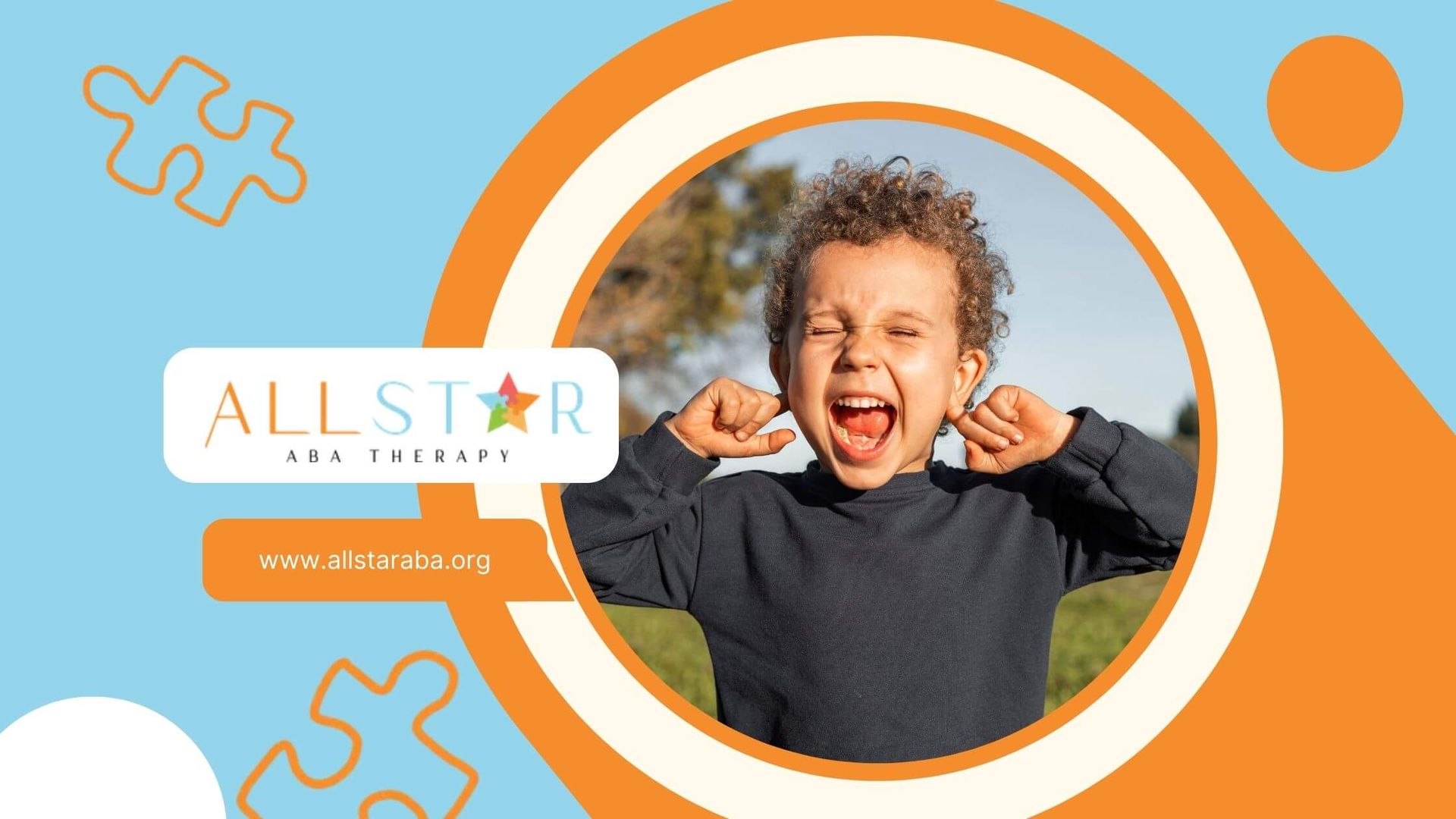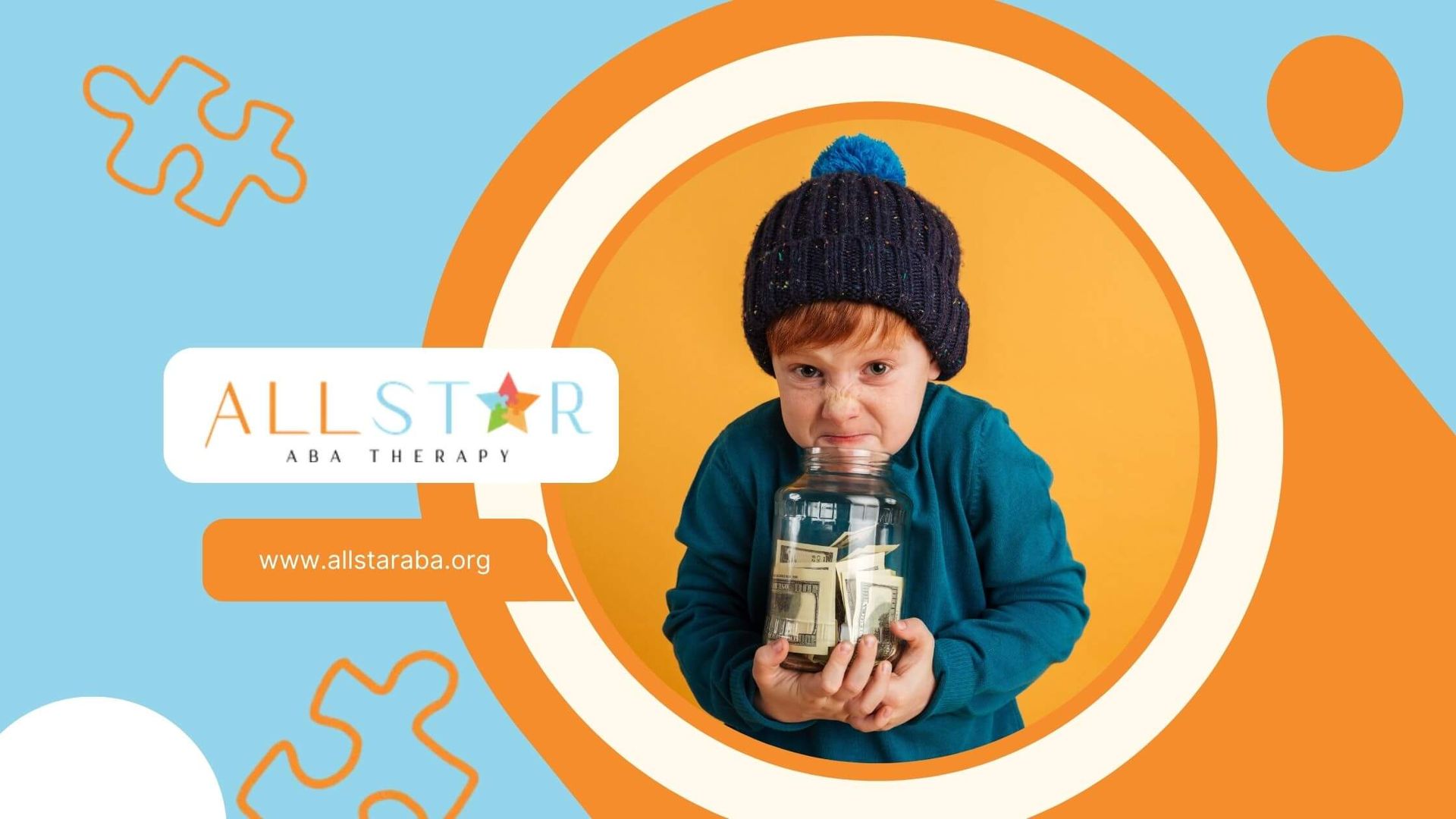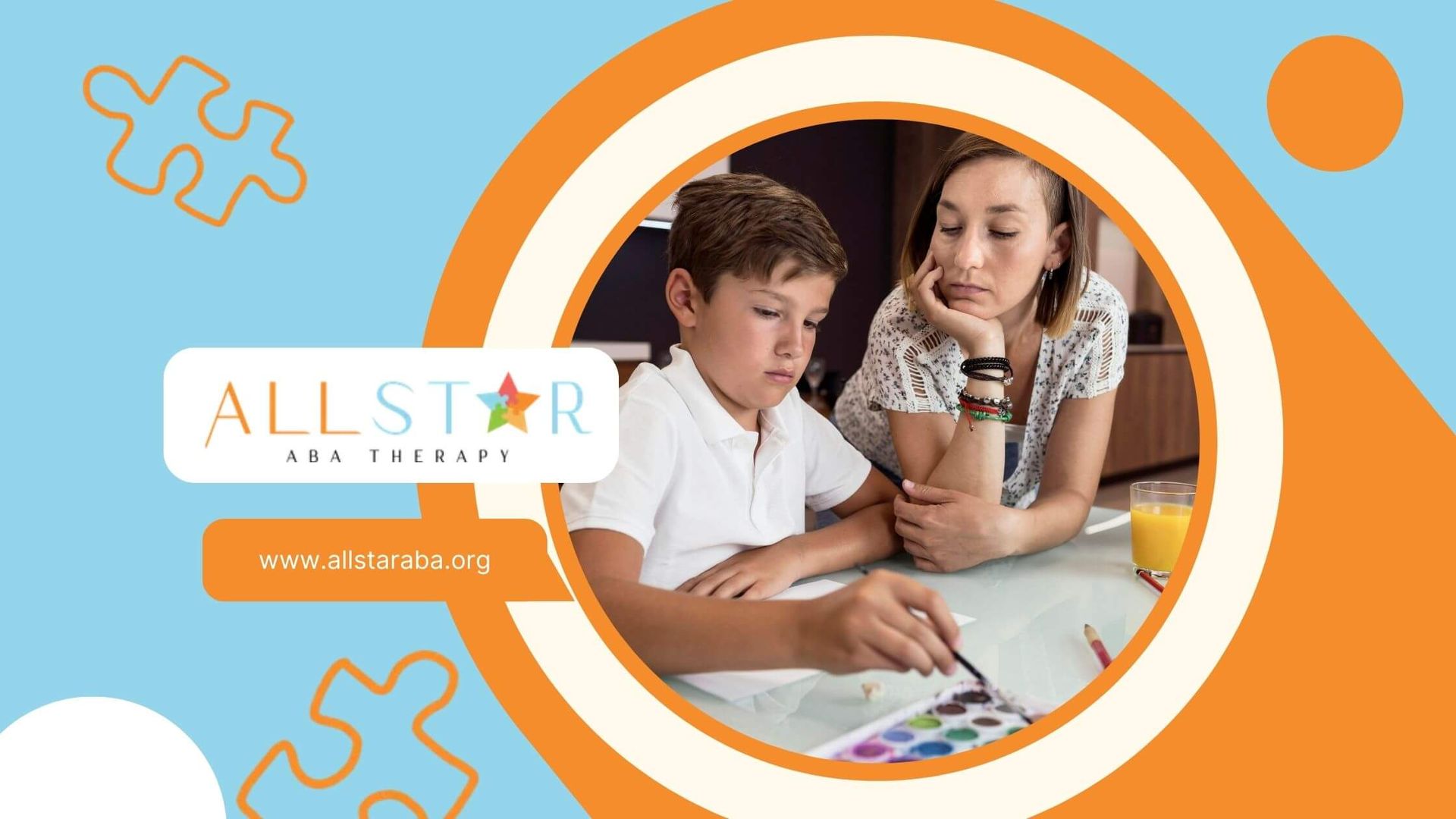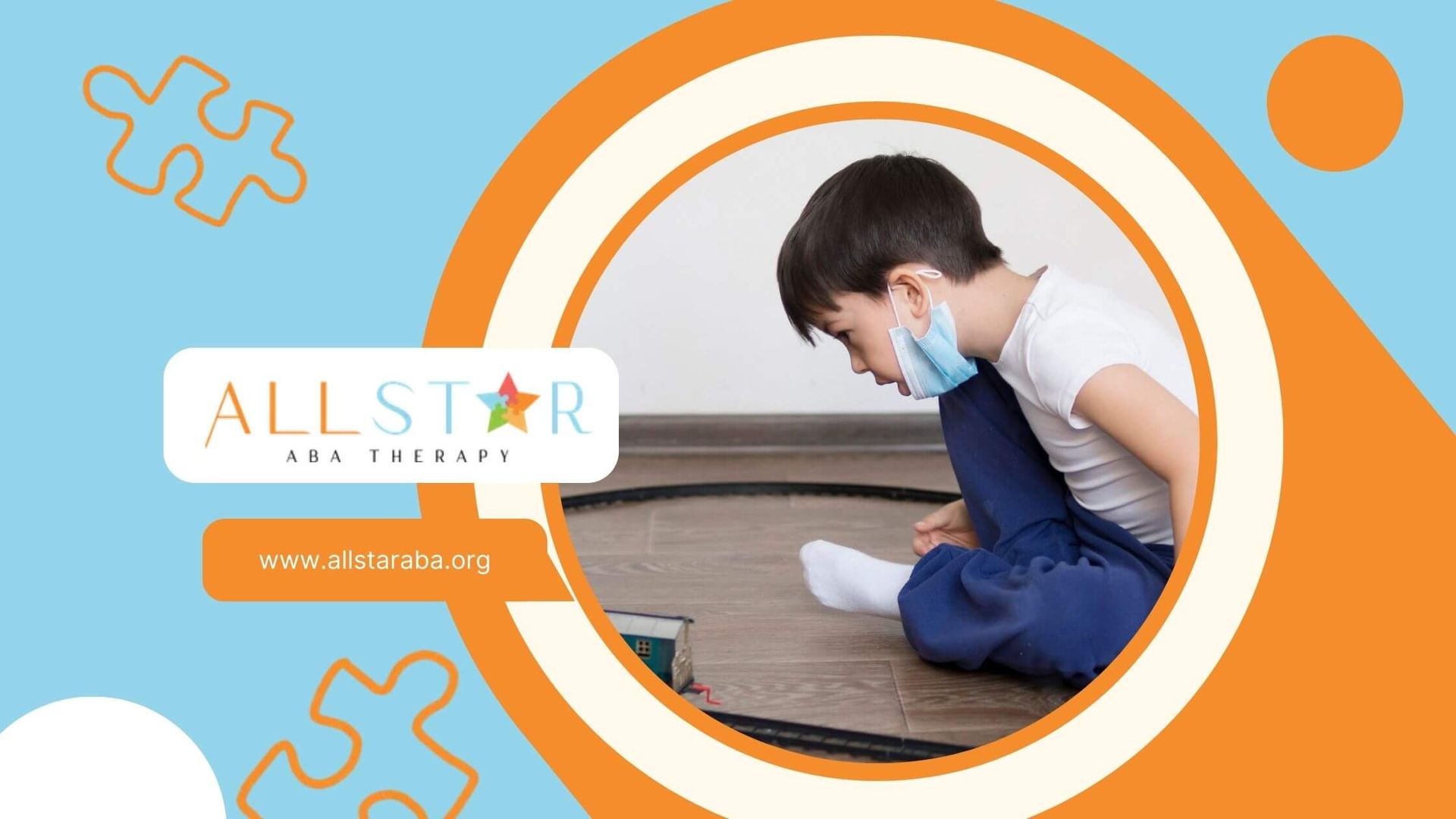New Paragraph
Autism Obsessions List: What They Are and Common Examples
Autism obsessions are intense, focused interests in specific topics, objects, or activities that many individuals with autism experience. These obsessions can provide comfort, predictability, and joy while helping them develop expertise in their chosen area.
What’s on the Autism Obsessions List?
Common obsessions include memorizing facts about dinosaurs, space, or trains, collecting objects like rocks or stamps, engaging deeply with music or art, and repetitive behaviors linked to special interests. These interests often last over time and become a core part of the person's daily life and personality.
Research shows these obsessions stem from neurological and sensory processing differences, offering a way to manage anxiety and create structure in an overwhelming world. For example, about 70% of children with autism exhibit such intense interests or repetitive behaviors that affect their everyday routines.
Why Understanding Autism Obsessions Matters
Recognizing these interests helps caregivers and therapists tailor supportive interventions, like ABA therapy, which can guide children in managing obsessions while building social and daily living skills.
Ready to help your child thrive with personalized care? Contact All Star ABA today to learn how our expert team supports children with autism and their unique interests through compassionate, individualized therapy.
FAQ
What is an autism obsessions list?
It describes common intense interests and fixations often seen in individuals with autism, such as trains, animals, or numbers.
Why do children with autism have obsessions?
Obsessions provide comfort and predictability, helping manage anxiety and sensory challenges.
Can ABA therapy help with autism obsessions?
Yes, ABA therapy supports managing obsessions while teaching important social and daily skills.
Need Support?
We're Here to Help!
Our experienced team is ready to assist you. Reach out today to discuss how we can support your child's development and well-being.
Get started with expert ABA therapy today.








